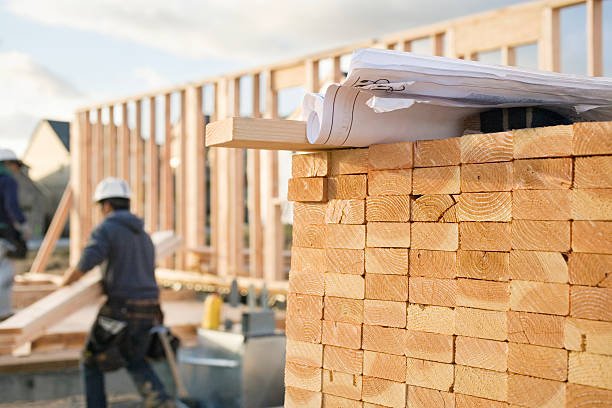The Benefits of Timber Work

When considering the best timber for your project, it is important to understand how different species react to various conditions. In this article, we will discuss some of the most common problems that timber workers encounter when constructing a project. By following these simple tips, you can avoid costly mistakes and enjoy the long-lasting beauty of timber for your project. After all, it is an investment worth making. Whether you're creating a small deck, building a beautiful outdoor living area, or building a grand staircase, there are numerous benefits of timber work.
Timberwork is a type of wood construction that dates back to early vernacular architecture. Early buildings were constructed entirely of timbers hewed from trees, and were often held together by wood to wood connections. They were also free from nails and fasteners, making them extremely durable. However, log and timber work often requires specialized tools to be done correctly. Once you have mastered the techniques, you can start creating a beautiful, functional space.
Another method of bozeman timber work construction is half-timber work. In half-timber work, the walls are made of timber frames and filled with plaster, brickwork, or wattle and daub. Oak timbers are typically used for this type of construction, which provides an elegant appearance. The skeletal skeleton of the building is further strengthened by braces. Half-timber buildings can range from low-lying country houses to six-story buildings in crowded towns.
A test specimen for timber is shaped like a beam and the grains are parallel to the length of the specimen. A constant load is applied at the middle third of the timber at a rate of 3 mm per minute. The result of this process is the bending strength of the timber. The bending strength of timber depends on its hardness and specific gravity, which are both measured over the central guage length. At least 700 mm wide is considered good timber.
Timber frame construction differs from post and beam construction in that post and beam buildings use half-lap joinery and wooden pegs for their connections. In timber frame construction, each part of the timber structure is individually erected until it reaches its desired height. Post and beam construction, on the other hand, starts from the ground up and adds parts to the structure over time. However, it is important to note that post-and-beam constructions generally require more skilled labor. You can learn more about this topic here: https://en.wikipedia.org/wiki/Lumber.
Apart from being used for construction, timber is also widely used for building jetties, piers, and docks. It is also used for railway track ties, telephone poles, and other utility poles. In addition to these, timber can also be used in timber home construction. For the latter, larger timbers are used. Other uses for timber include landscaping and decorative purposes. Moreover, timber can be used in wooden boats. It is an eco-friendly and renewable resource.
Mass timber buildings are becoming increasingly popular, especially with recent changes to code requirements. Mass timber construction is increasingly being considered for high-rise residential structures. Its many benefits are well known, but evaluating the cost of mass timber has remained a challenge. In this context, a demonstration study comparing a concrete high-rise to a mass timber equivalent is a good way to bridge this gap. The report includes a cost comparison and recommended prefabrication methods.
